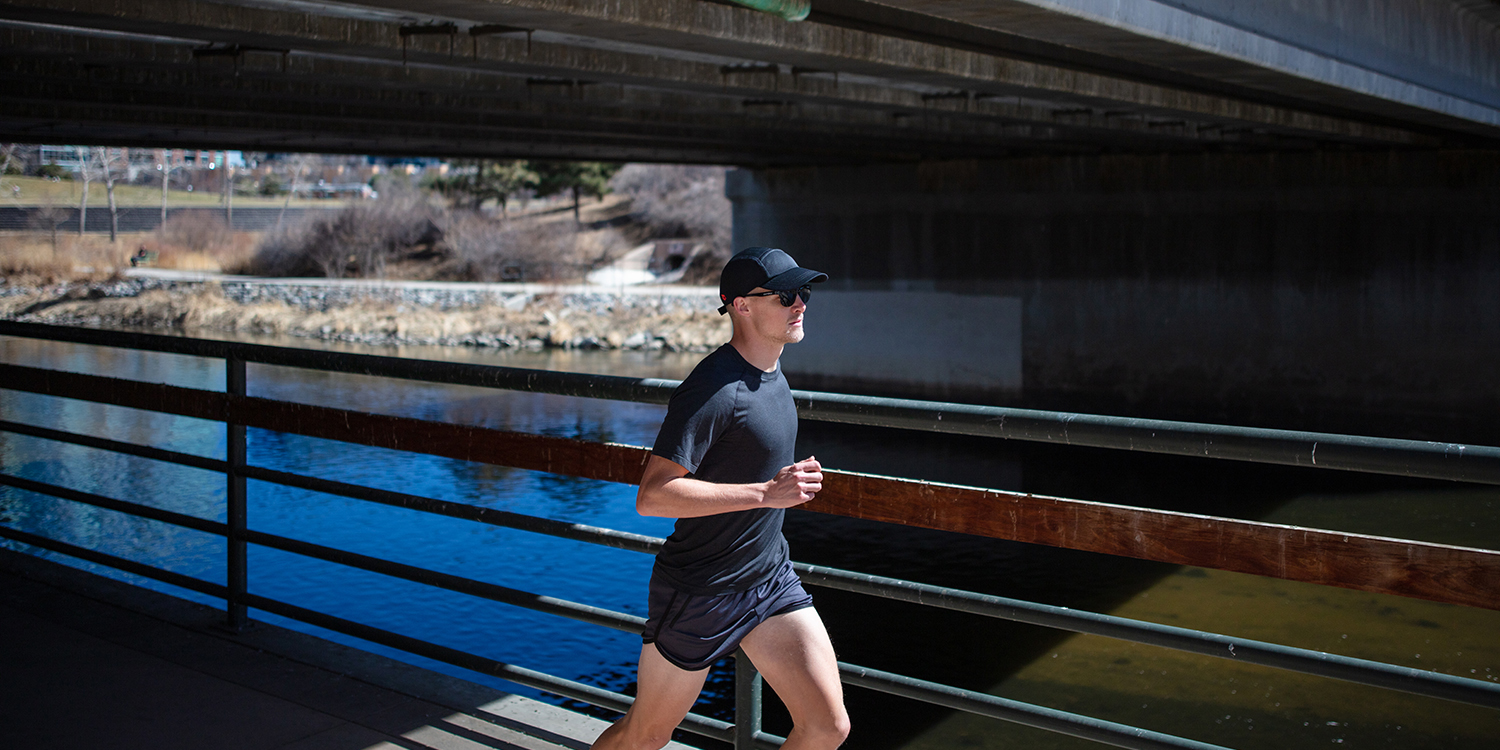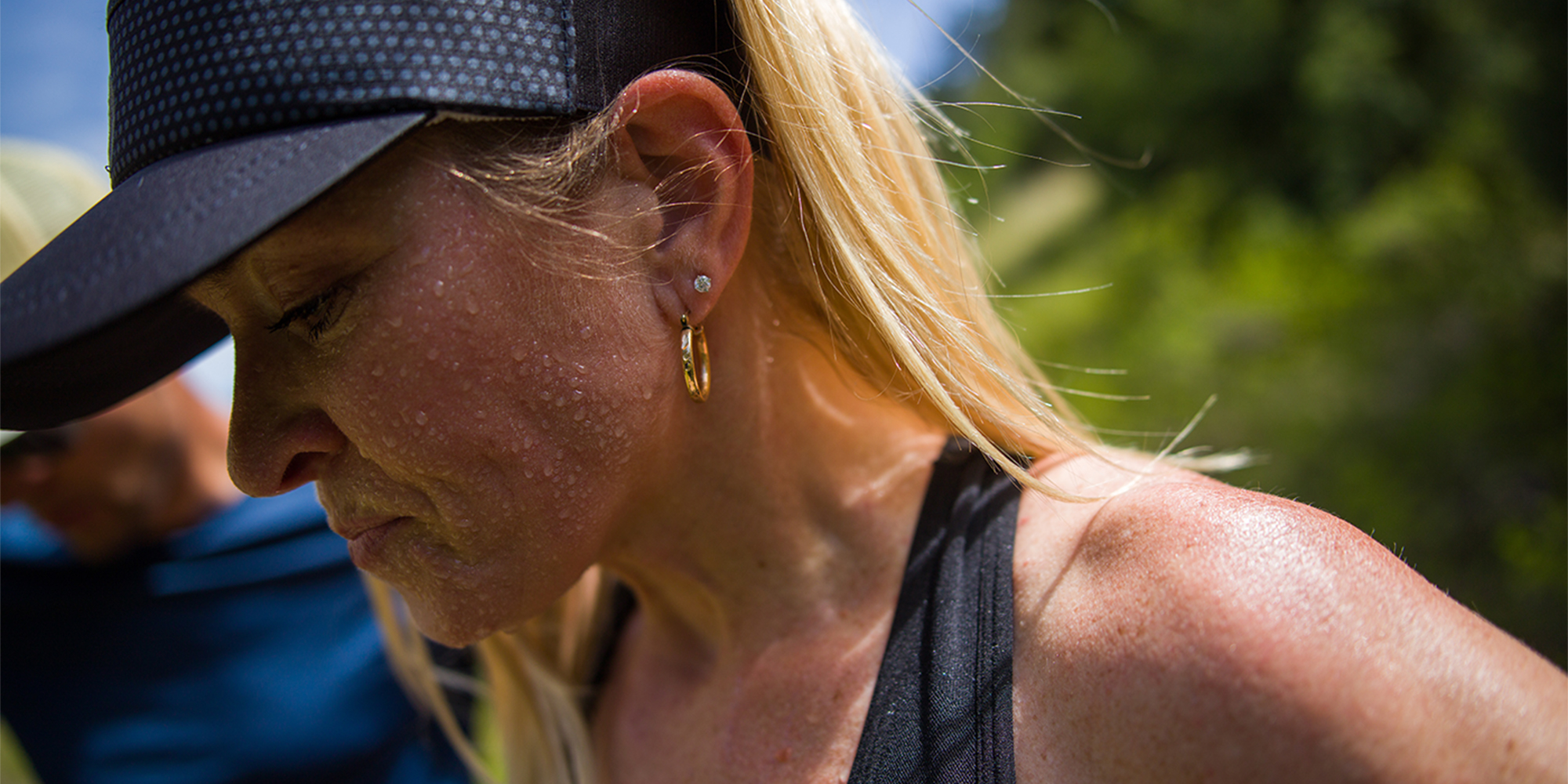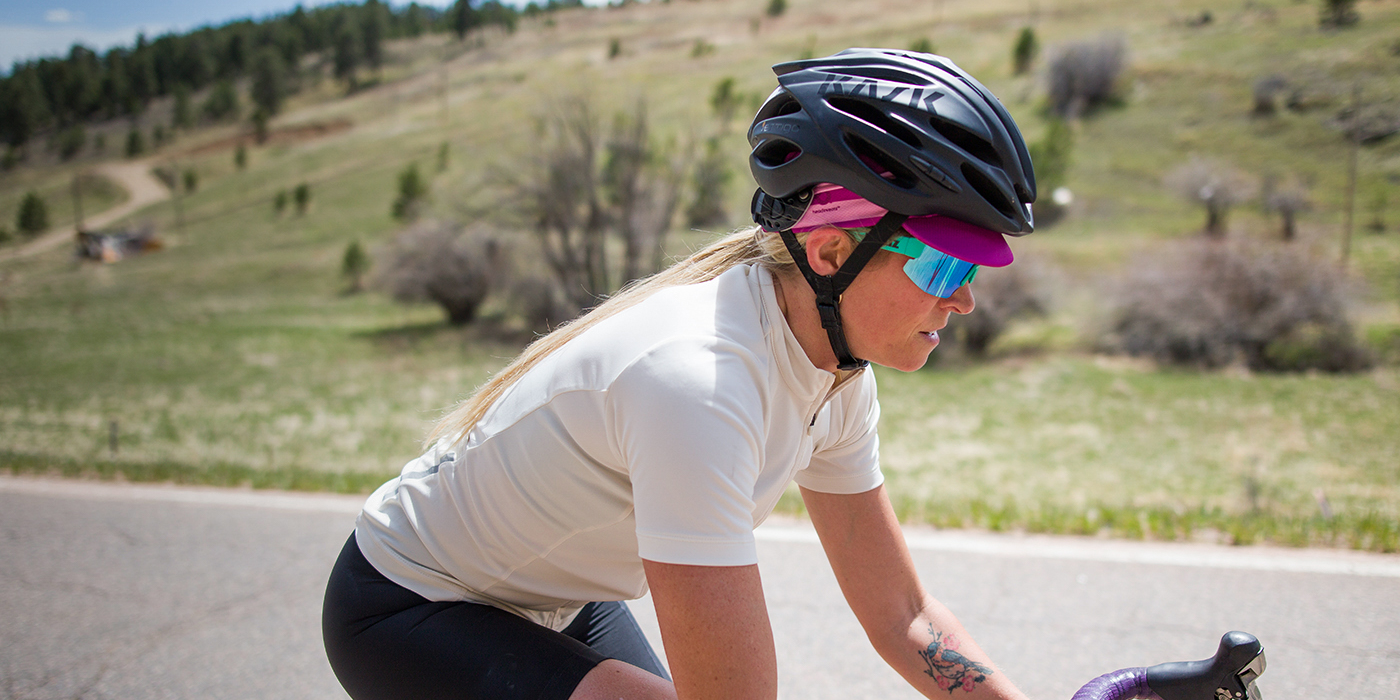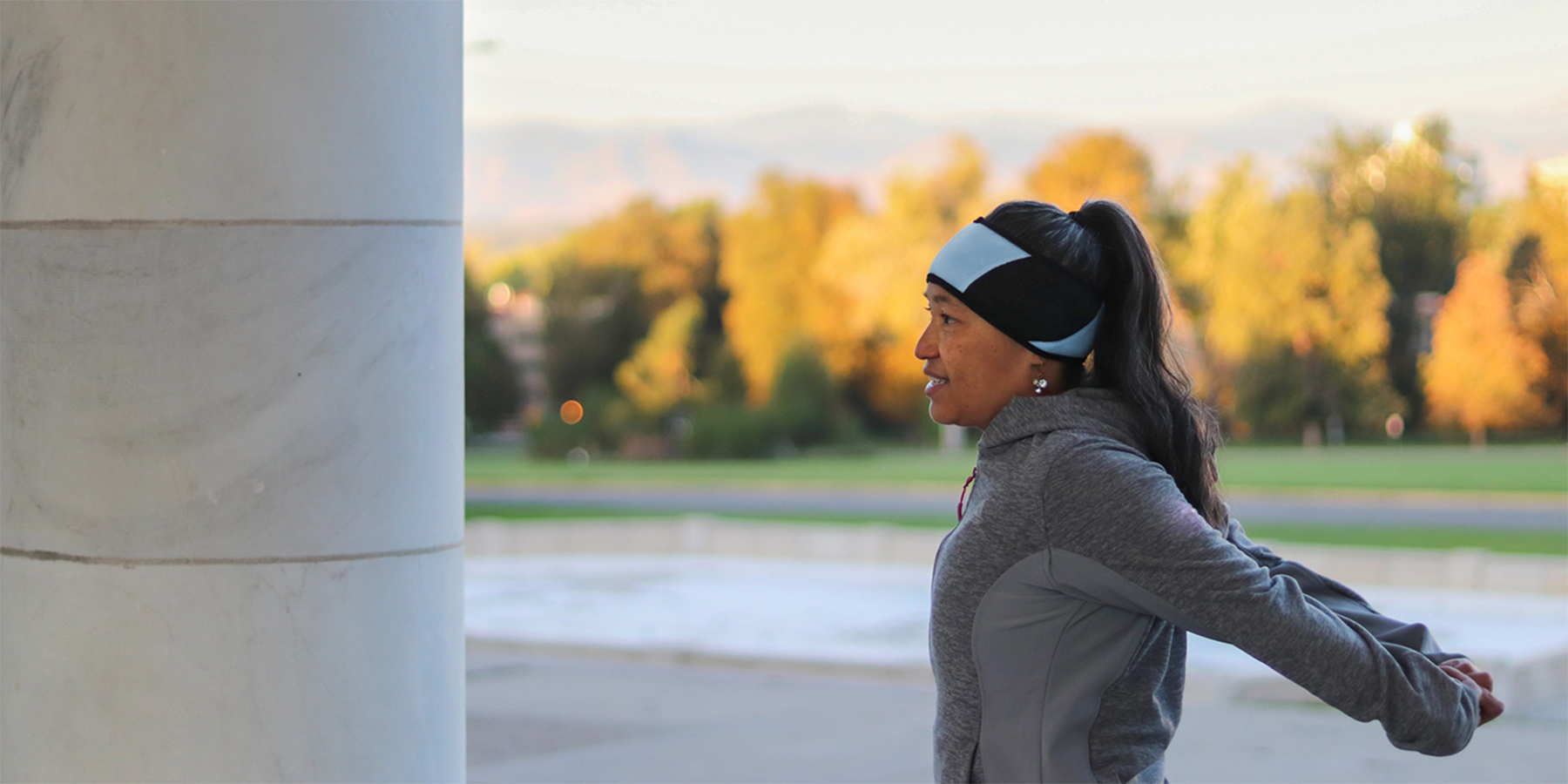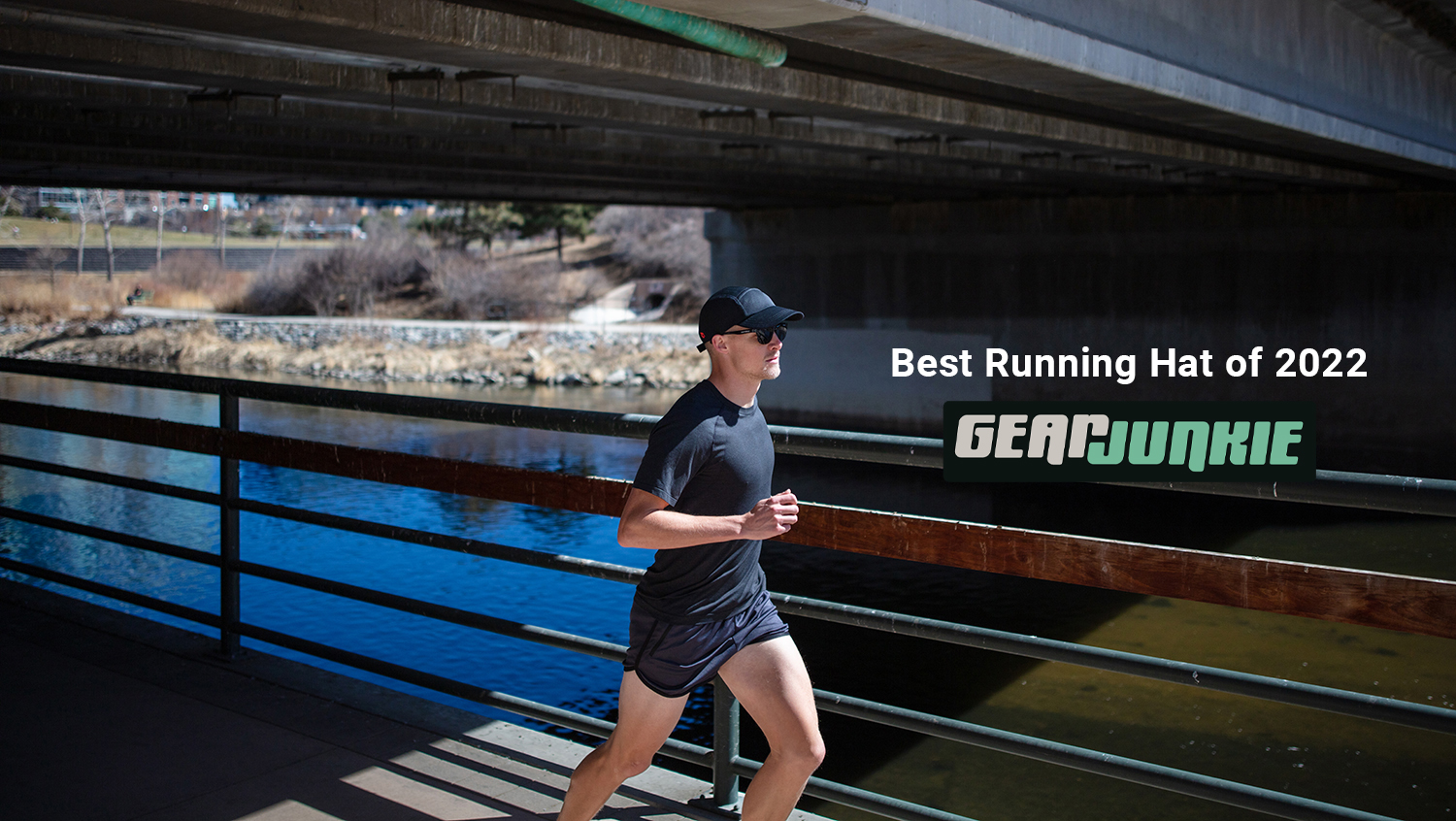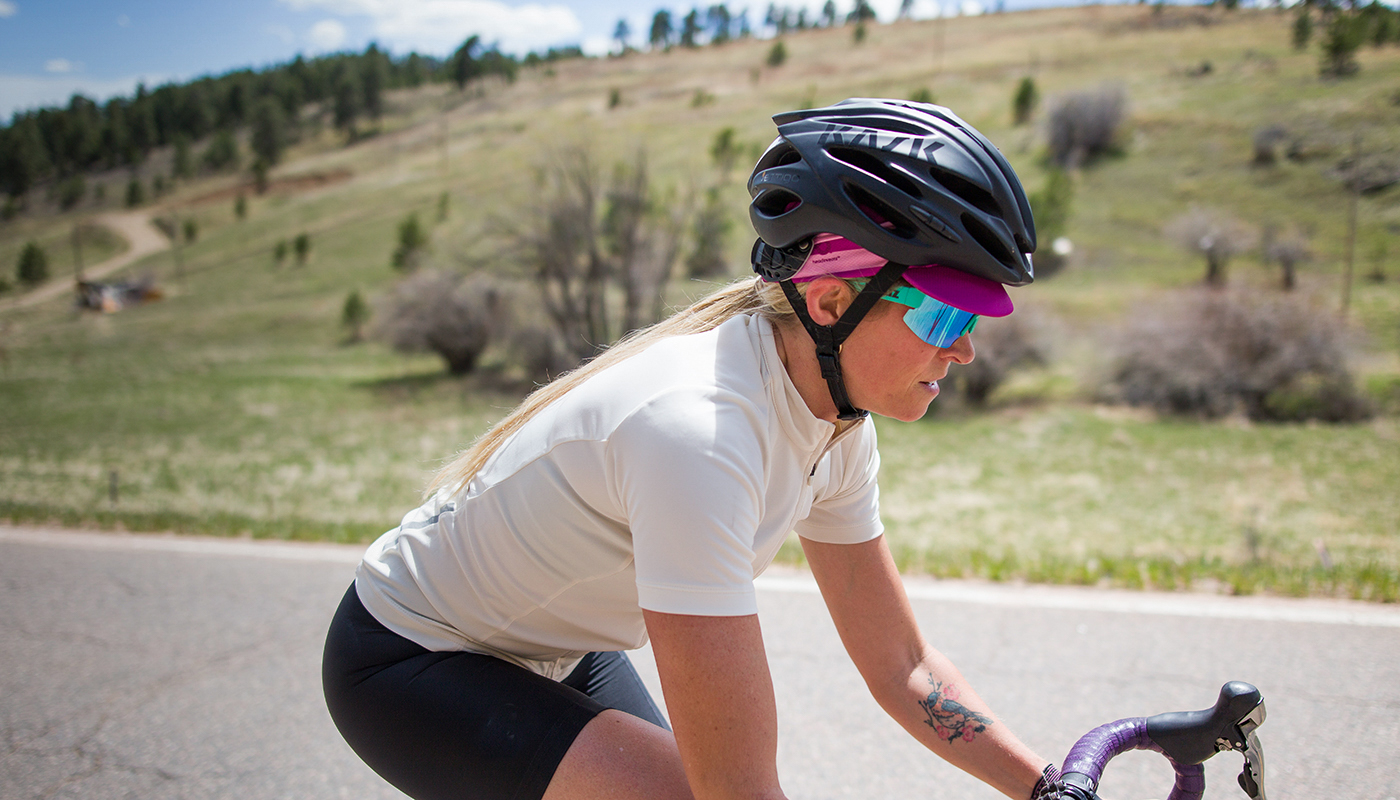
By: Eric Richard Allen
Cycling acts as a savior in a current situation when cities are becoming more congested, noisy, and polluted. Many states view vibrant cycling culture has the potential to lead citizens towards better health because bicycles do not emit air pollutants and regular physical activity may lower the risk of diabetes, obesity, and cancer. If you are new to cycling or a pro, make sure to get yourself acquainted with rules for safer city cycling.
10 Do's Of Cycling In the City
If you are a cyclist who would never like to be yelled at and honked at, then there are certain etiquettes you should consider abiding by no matter what happens.
- Wear a helmet
Not all states make it obligatory for a cyclist to wear a helmet, yet it is one of the most important safety measures to keep the noggin safe. Some cycling caps are designed to fit under the helmet. They keep the sweat out of your eyes and make road racing more enjoyable. Hence, before you start a journey, make sure to put the cycling cap as well as a helmet on to avoid any injury.

- Stay calm
Cycling in a city means you get to share the roads with other drivers who may not be as courteous as they ought to be. If any driver misbehaves or comes too close, don't get panic by flashing vulgar hand gestures. Stay calm and maintain your temperament - ITCOULDBEME is a great initiative in this regard. It started when athlete Triny Willerton was hit by a truck while riding her bike in Boulder, CO. She was severely injured but stood up for all other road cyclists and led the campaign that emphasizes to promote safer conditions for every cyclist.
- Bring road ID
Accidents are inevitable these days, and it is good to be prepared in advance. In case an accident happens, and you become unconscious or injured, you should have the identification with you so you can be safely delivered to your place.
- Find smoother roads
Look for routes or maps that are less busy so you can have a better, smoother, and safer place to follow than random lanes full of big vehicles.
- Aim for high
Aiming high is always good – make a goal of 90-100 revolutions per minute. It seems impossible at first, yet you gradually build the pace that will help in smoothing the pedal strokes and reduce fatigue. Joining a gym or taking care of yourself can make you more capable of achieving such aims. Workout training given in ERA Fit adds strength and improves mental alertness.
- Lend a hand
If you come across a cyclist who has a puncture, stop by to give him a helping hand. Sometimes a fellow rider may be stuck and all they need is a wrench to tighten a nut to get their destination.

- Lock it up
If you need to leave the cycle, make sure to lock it up. If you somehow leave it unattended, you can end up losing your bike in a few seconds. Therefore, it is good to be proactive and take precautions in advance.
- Wear tight clothes
Get into a habit of wearing tight clothes that are comfortable and feel excellent on the rear end. A tight cloth or shirt will never flap in the wind, and the right fit sneakers will also add power to your stroke.
- Bring a toolbox and learn how to use it
It would be best if you carry some essentials to avoid getting stranded. Practice fixing some basic mishaps at home before the ride to make sure you can do it in an emergency.
- Get the right fit
Perfect fit not only improves performance but also essential to avoid back pain and injuries. The right fit is highly individual and can vary from person to person, but the best way to determine is to place a bare heel on the pedal then rearrange the saddle so that the knee is perfectly locked. You can adjust it from here to find the right fitting.
10 DON'Ts of Cycling In the City
No matter if you cruise in the bike lane or bump along in a plane track, there are always certain things you should strictly avoid while cycling in the city.
- Braking in corners
Braking in corners is always a challenge amongst new cyclists. To avoid the common cycling error, make sure to brake before the corner and never break when you are on the corner. Braking while on the corners can result in losing control and crashing.
- Running out of fuel
If you are a pro cyclist, you may have heard the phrase, 'hitting the wall' – meaning when a cyclist runs out of energy or fuel, he/she ends up grinding to a halt. It is recommendable when you head out on a ride; take some extra food and bottles, especially when you are on a route where there are fewer chances of finding food supplies.

- Saddle heights
Saddle height is one of the reasons why most of the cyclists feel they are inefficient as a rider. A saddle place is either too high or low, which makes the imbalanced power delivered from legs.
- Grabbing the brakes hard
Braking should be in a controlled manner in order to keep the weight distribution of the bike stable. The sudden and hard braking can result in loss of control and stability. Brake steadily with both front and rear but emphasize more on the front brakes.
- No essential tools
if you get stuck on a road, you should consider packing tools and spares to ensure you would have no problem in reaching back home. Put some tire levers, inner tubes, mini pump, and multi toolbox under the saddlebag.
- Riding too far without knowing your abilities
Aiming high does not mean that you ride too hard too far without realizing your abilities. Don't try to hammer it from the off, instead of doing consistent training to bring progress in your game.
- Not checking out the weather forecast
Planning certain things is good to avoid some miserable experiences. Checking out the weather forecast and choosing the clothes accordingly is one of the important elements that most of the riders forget. Anticipate the length of the ride, plan, and see if the weather conditions are likely to stay the same.

- Poor bike maintenance
We are certain that none of a rider will ever want to experience the embarrassment of getting rescued from the roadside. Therefore, it is good to plan in advance and pay attention to tires, brakes, gears, and handlebars. The best scenario will be getting into the habit of regularly checking the cycle and keeping it maintained for better safety and convenience.
- Squeaking chain
Squeaking chains often infuriate you and the riders passing by you. The friction will make the component wear out, thus reduce the durability or lifespan of the cycle.
- Inefficient use of gears
When you are to ride over different terrains, gears help you in improving efficiency. Bad use of gears leads to injuries and will have an adverse impact on the efficiency of a vehicle. However, it takes time to understand what gearing works for you in different routes.
(INSERT CTA HERE REDIRECTING TO CYCLING PRODUCTS)





